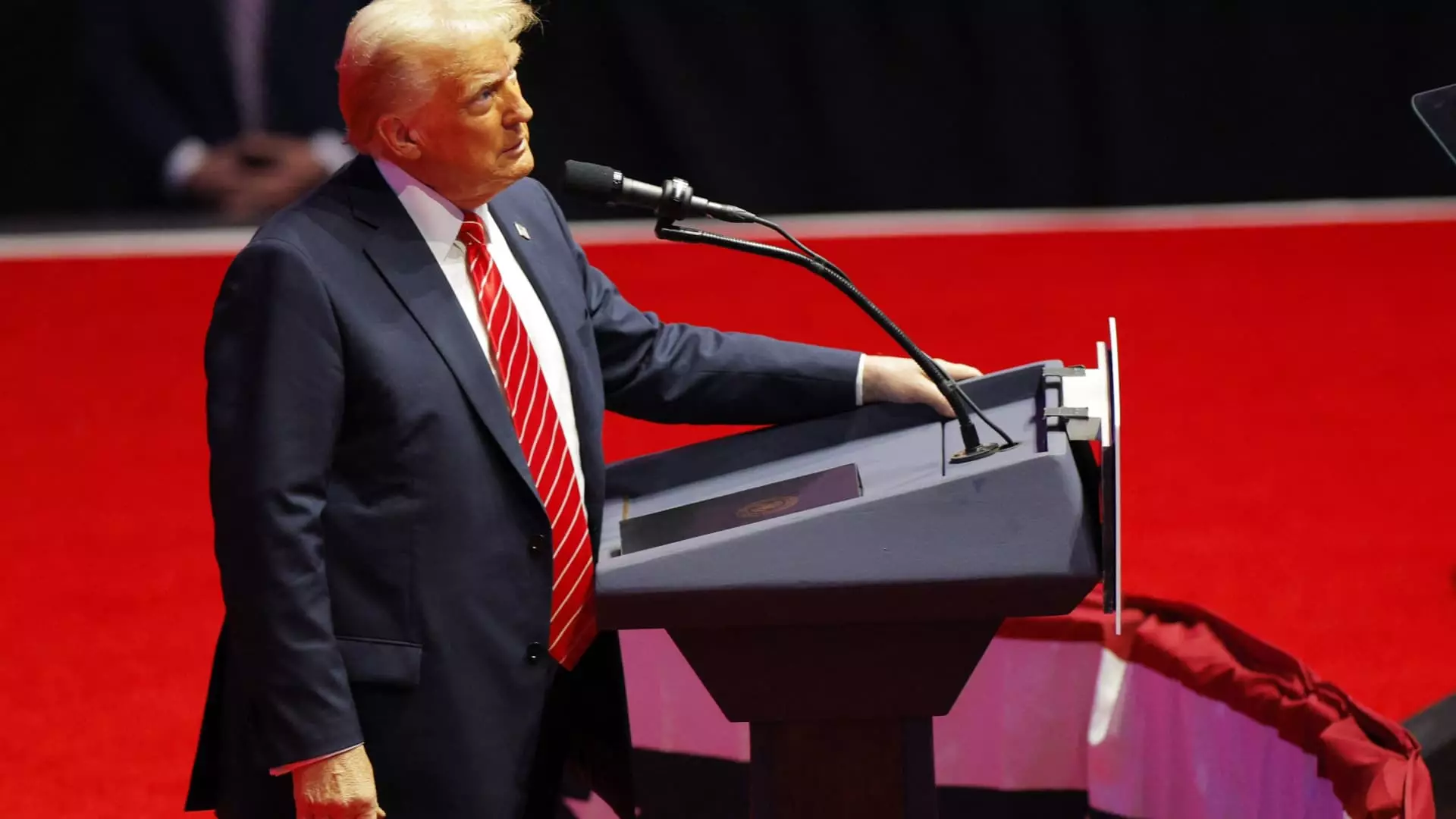As Donald Trump prepares to assume the presidency, speculation runs high regarding his approach to trade policy. While many anticipated aggressive measures from Trump, including the imposition of tariffs on U.S. trading partners from day one, he is signaling a more measured beginning. Instead of rushing to implement punitive trade measures, Trump plans to release a comprehensive trade memorandum upon taking office. This strategic deviation suggests a possible reassessment of his earlier aggressive stance on international trade.
The memorandum, which directs federal agencies to investigate and evaluate unfair trade practices and currency manipulation particularly concerning nations like China, Canada, and Mexico, lays the groundwork for a more scrutinized approach to trade. By choosing to study these practices first rather than immediately imposing tariffs, Trump sends a signal that he may be seeking more strategic engagement rather than outright confrontation. This cautious approach could open the door for negotiations and partnerships aimed at resolving trade grievances without immediately resorting to tariffs, which can escalate tensions between nations.
During his campaign, Trump’s rhetoric around trade included ambitious promises such as imposing universal tariffs, with notably steep rates targeted at Chinese goods. However, the current trajectory hinted at in his initial actions as president-elect represents a departure from this rhetoric. The administration’s discussions about phased tariff increases of 2% to 5% per month, rather than immediate sweeping tariffs, indicate a more nuanced and potentially adaptable strategy. Such pacing could prevent the immediate inflationary pressures that economists have warned about, especially in a post-pandemic economic landscape.
Economists have raised concerns about protectionist measures like those Trump formerly advocated potentially leading to increased consumer prices and stifled economic recovery. The insights gleaned from the memorandum may serve to mitigate these concerns, suggesting that the new administration is attuned to the delicate balance between safeguarding American interests and maintaining a stable economy. By focusing on research and analysis, the Trump administration appears to be poised to ground its decisions in substantial evidence rather than reactive populism.
While the initial actions of President-elect Trump suggest a cautious approach to trade policy, uncertainty remains. The potential implications of shifting tactics on both domestic and global economic landscapes are still unfolding. As the new administration begins to define its trade agenda, stakeholders must prepare for a range of outcomes—ranging from diplomatic engagements that could resolve longstanding trade issues to conflicts arising from inevitable tensions. How Trump balances his aggressive campaign promises with practical economic principles will be crucial in shaping the long-term trajectory of U.S. trade relations.

